Neuroscience
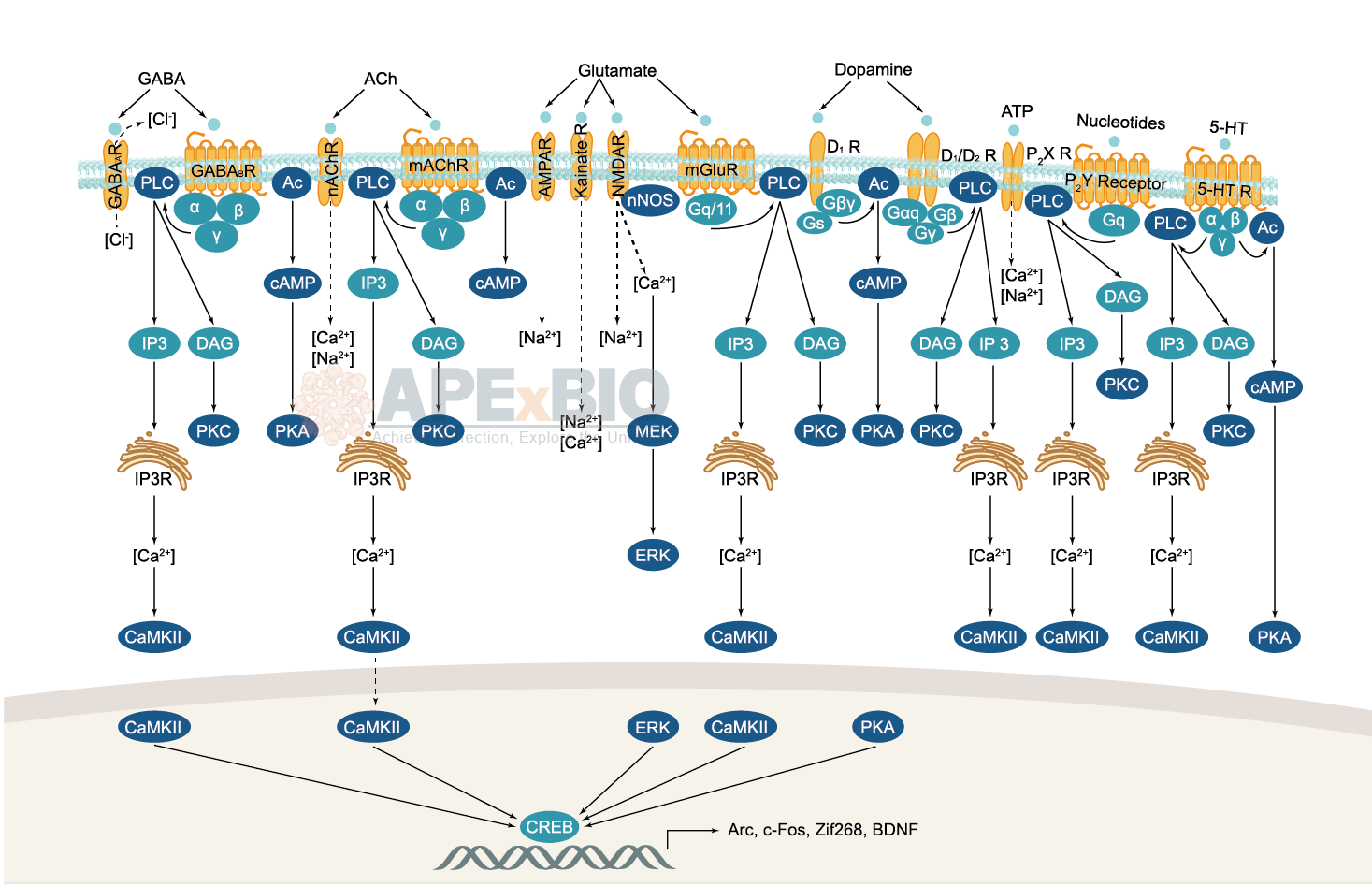
Neurotransmitter receptors function via various G-protein coupled and G-protein independent mechanisms that activate downstream intracellular signaling pathways such as cAMP/PKA, PI3K/AKT, phospholipase A2, and phospholipase C pathways. For instance, dopamine receptors act through adenylate cyclase to activate PKA and other signaling molecules, thereby mediate gene expression through the actions of CREB and other transcription factors. Other neurotransmitters such as NMDAR or AMPAR are associated with ion channels that control flux of Ca2+ and Na+, thus propagating the action potential across the post-synaptic neuron.
Dysfunctions in GABAergic/glutamatergic/serotonergic/dopaminergic pathways result in a broad range of neurological disorders such as chronic pain, neurodegenerative diseases, and insomnia, as well as mental disorders including schizophrenia, bipolar disorder, depression, and addiction.
-
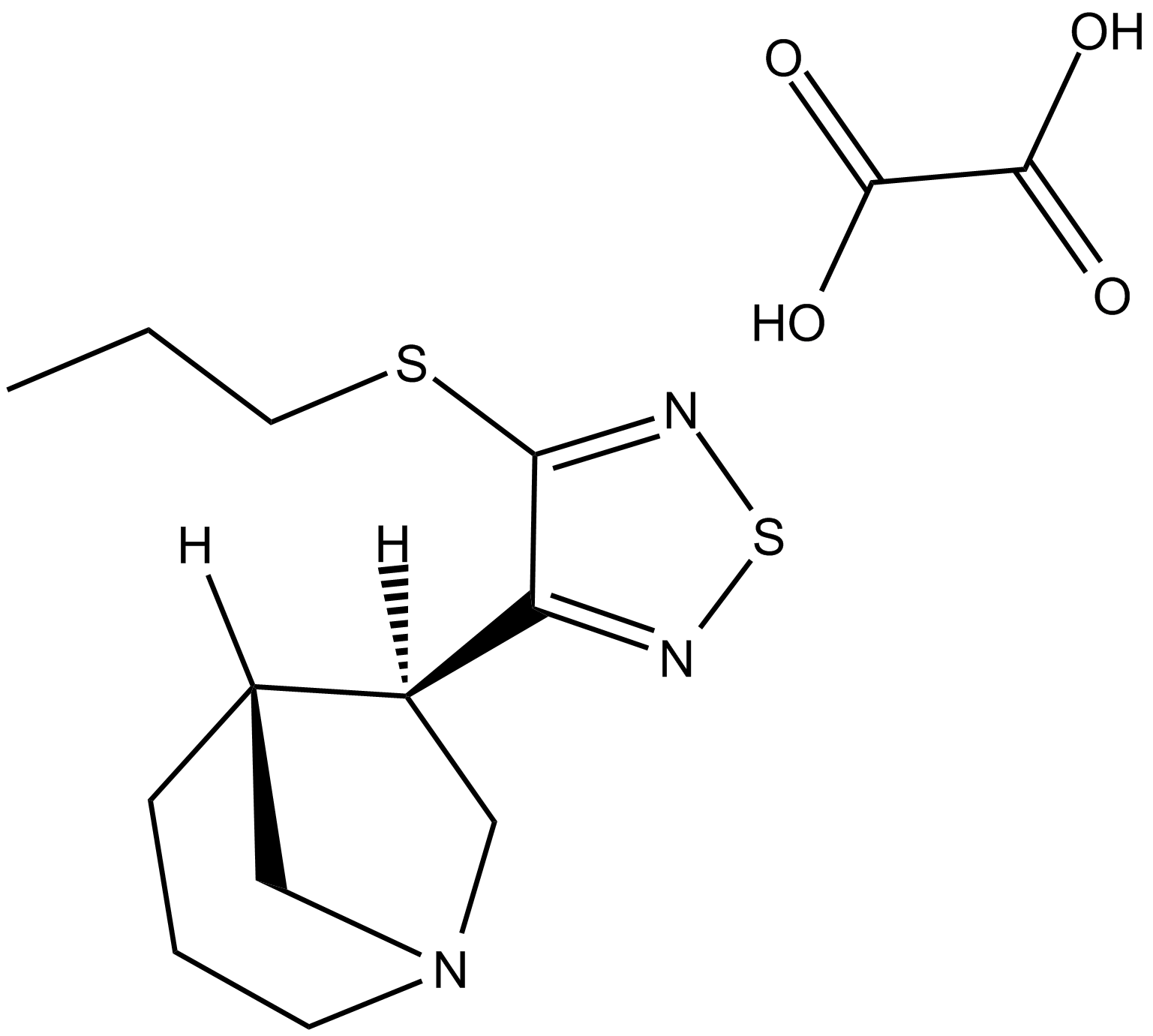 B5632 PTAC oxalateSummary: muscarinic receptor ligand
B5632 PTAC oxalateSummary: muscarinic receptor ligand -
 B5639 A 412997 dihydrochlorideSummary: Selective D4 agonist
B5639 A 412997 dihydrochlorideSummary: Selective D4 agonist -
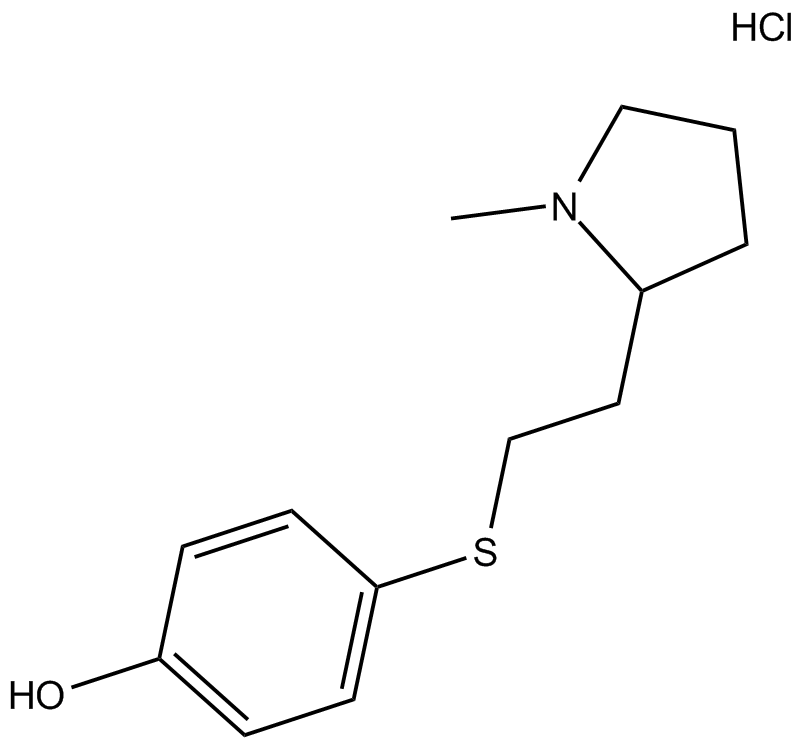 B5708 SIB 1553A hydrochlorideSummary: nicotinic acetylcholine receptor (nAChR) agonist
B5708 SIB 1553A hydrochlorideSummary: nicotinic acetylcholine receptor (nAChR) agonist -
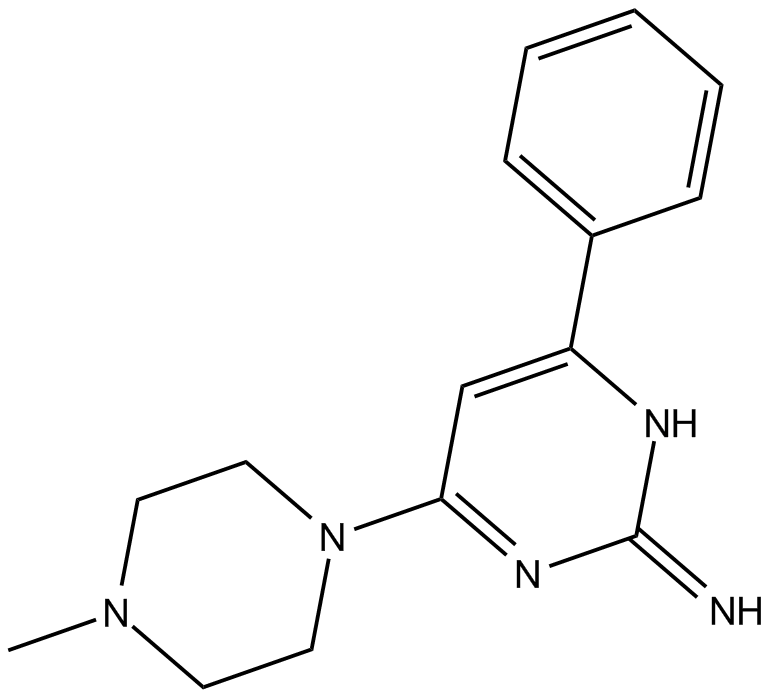 B5709 VUF 10460Summary: histamine H4 receptor agonist
B5709 VUF 10460Summary: histamine H4 receptor agonist -
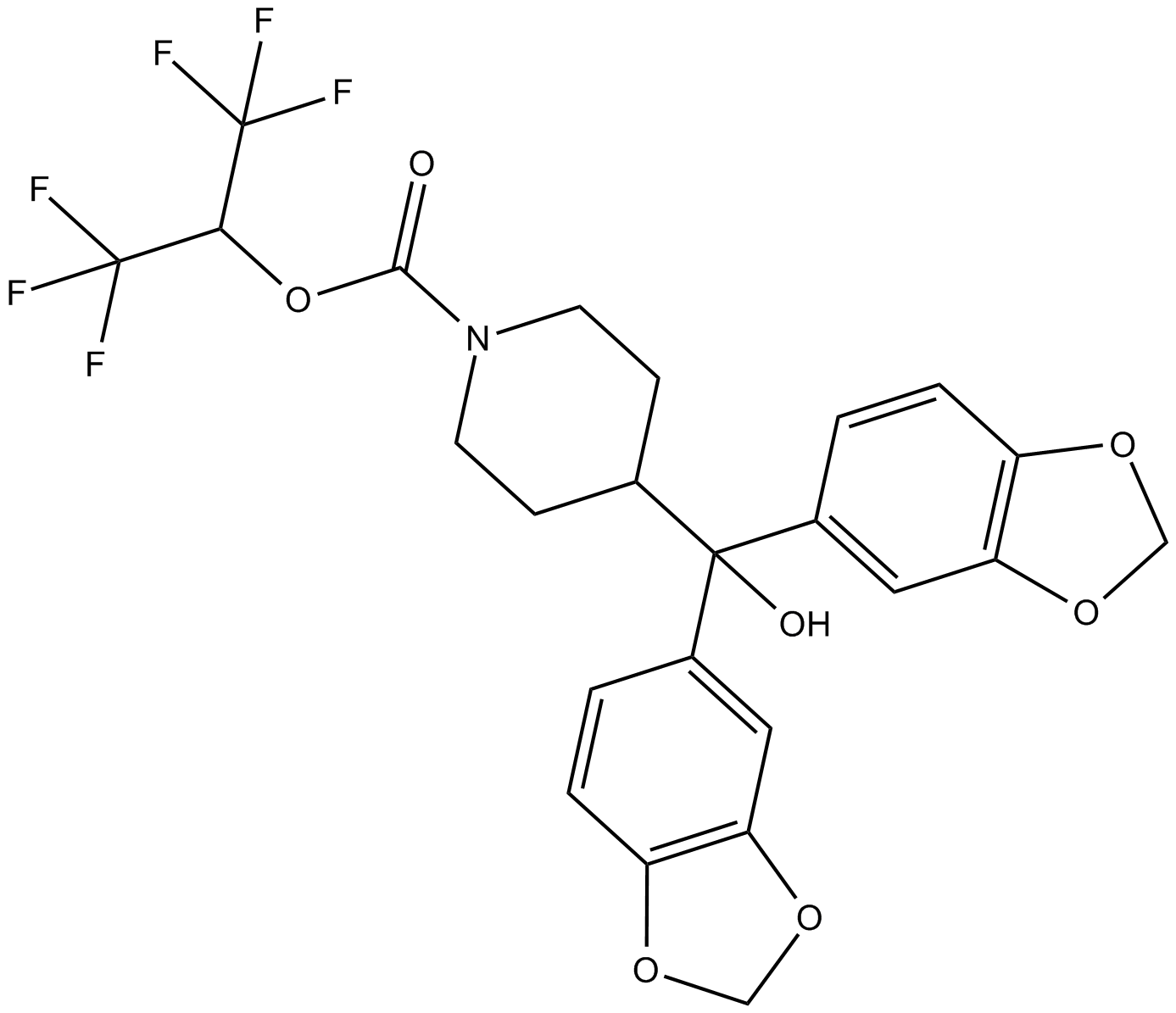 B5745 KML 29Summary: monoacylglycerol lipase (MAGL) inhibitor
B5745 KML 29Summary: monoacylglycerol lipase (MAGL) inhibitor -
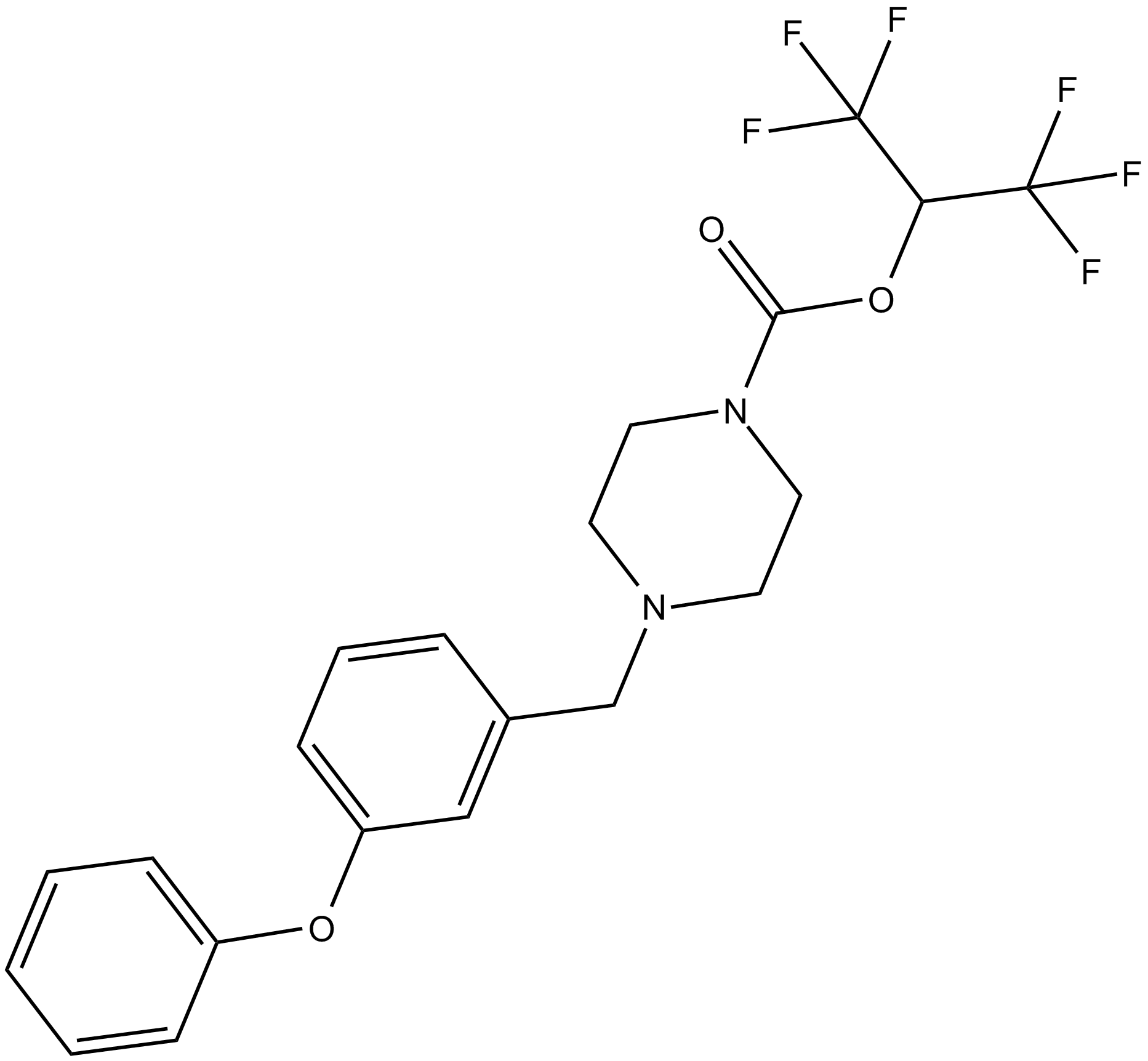 B5759 JW 642Summary: monoacylglycerol lipase (MAGL) inhibitor
B5759 JW 642Summary: monoacylglycerol lipase (MAGL) inhibitor -
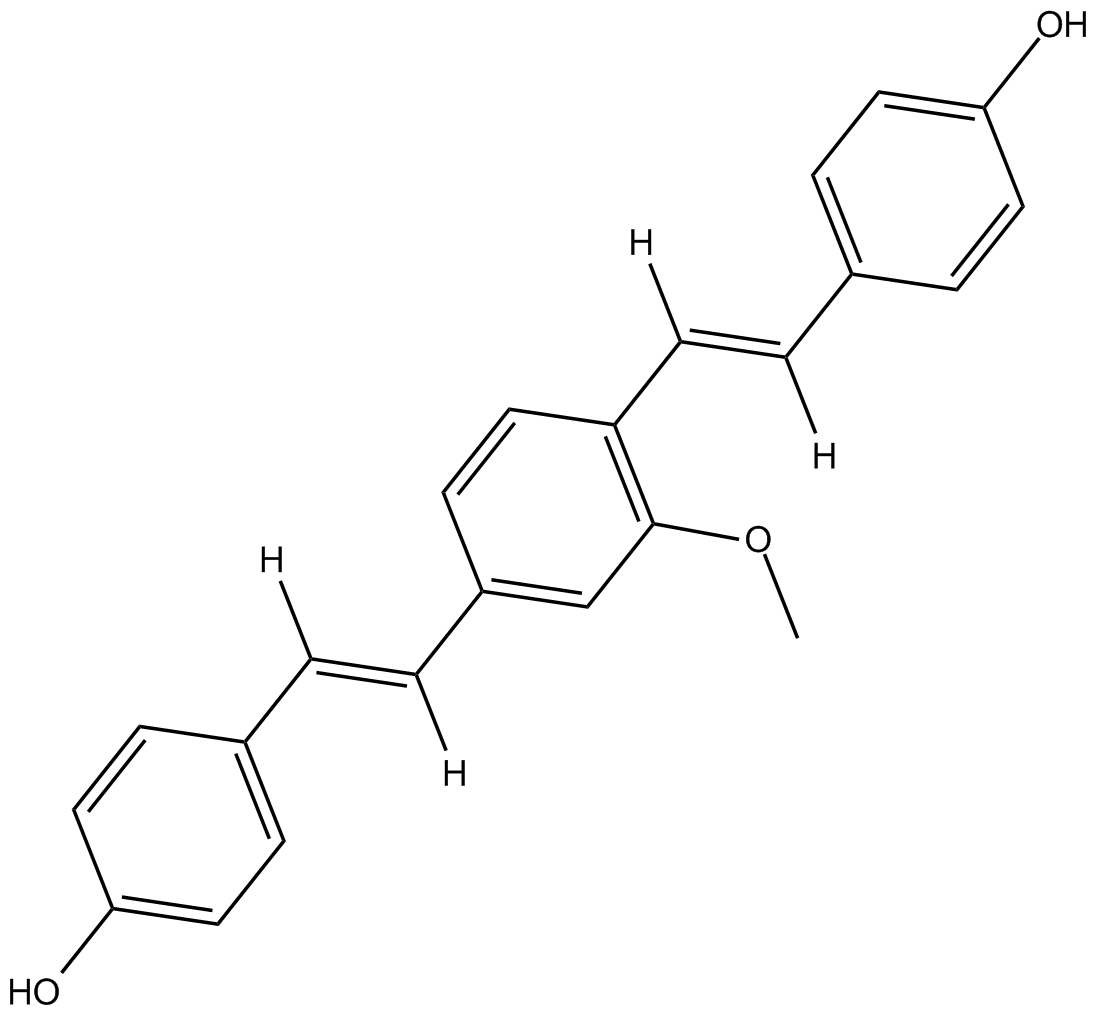 B5769 Methoxy-X04Summary: fluorescent amyloid β (Aβ) probe
B5769 Methoxy-X04Summary: fluorescent amyloid β (Aβ) probe -
 B5783 ML 289Summary: negative allosteric modulator of mGlu3 receptors
B5783 ML 289Summary: negative allosteric modulator of mGlu3 receptors -
 B5786 ML 337Summary: negative allosteric modulator of mGlu3
B5786 ML 337Summary: negative allosteric modulator of mGlu3 -
 B5795 PAOPASummary: dopamine D2 receptor modulator
B5795 PAOPASummary: dopamine D2 receptor modulator

